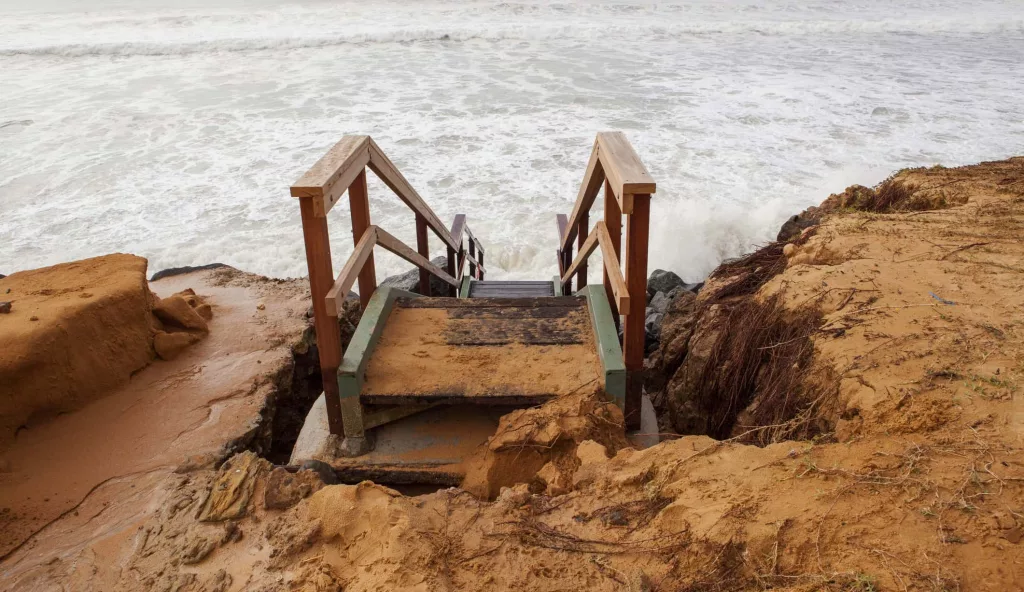Sadly, it didn’t take a rocket scientist to figure this one out. A simple visit to virtually any beach along the Lake Michigan Shoreline in Michigan’s Great Southwest vividly portrays the story being told today by the U.S. Army Corps of Engineers out of the Detroit District office. They’re out today with predictions for record high water levels in the Great Lakes region, but amazingly, Lake Michigan is not among them.
The Army Corps Detroit offices announced today that record high water levels are forecast on several of the Great Lakes over the next six months.
Due to recent wet conditions, the six month water level forecast now predicts higher forecast water level peaks this summer. The water levels now being forecast on Lakes Superior, St. Clair and Erie are all expected to break records set in the early 1950s and middle 1980s. While new record highs are not currently forecast for Lakes Michigan, Huron and Ontario, very high water levels are expected there as well.
Keith Kompoltowicz is Chief of Watershed Hydrology at the Detroit office of the Army Corps of Engineers. He tells us, “Several months of wet weather, including a significant snowpack across the northern Great Lakes basin and recent heavy rain events have pushed water levels higher than originally forecasted.”
The U.S. Army Corps Detroit District, in coordination with partners in Environment and Climate Change Canada, released the official six month forecast for the Great Lakes. That Monthly Bulletin of Water Levels for the Great Lakes is complete at the beginning of each month, with the latest edition covering the period from May to October. You can click the link below for that publication.
The Great Lakes region will continue to see the threat of coastal flooding and shoreline erosion, especially during storm events. Localized water levels are often impacted by winds and can be significantly higher during storms. Water levels and flow rates in the connecting channels of the Great Lakes are also high and may, depending on winds and other atmospheric conditions, lead to localized flooding.
The U.S. Army Corps of Engineers has authority to support communities in flood fighting by providing technical expertise, and in certain instances, provide flood fight supplies, such as sand-bags and plastic sheeting. This assistance must be requested by state authorities. Communities should contact their county emergency management offices, who can begin coordination with the state and the Corps.






